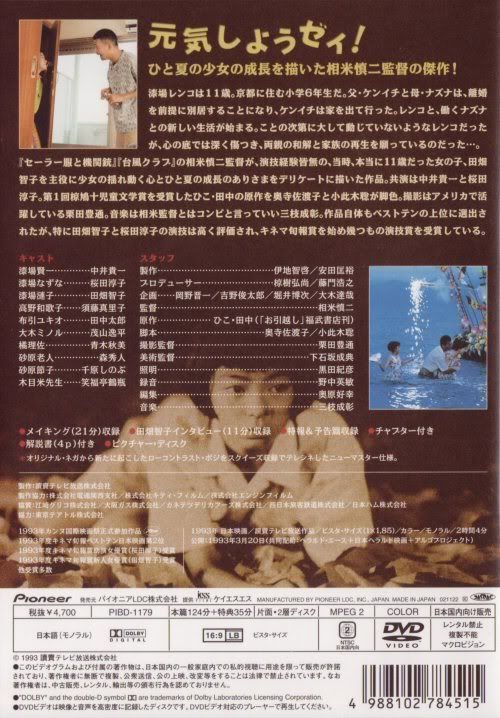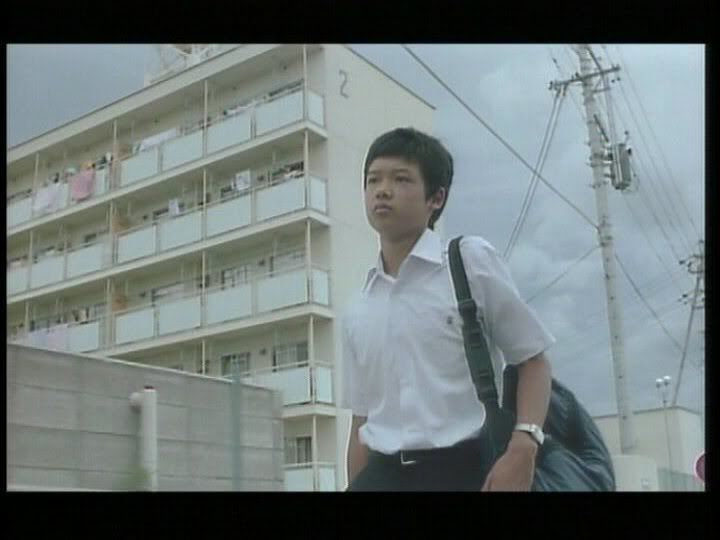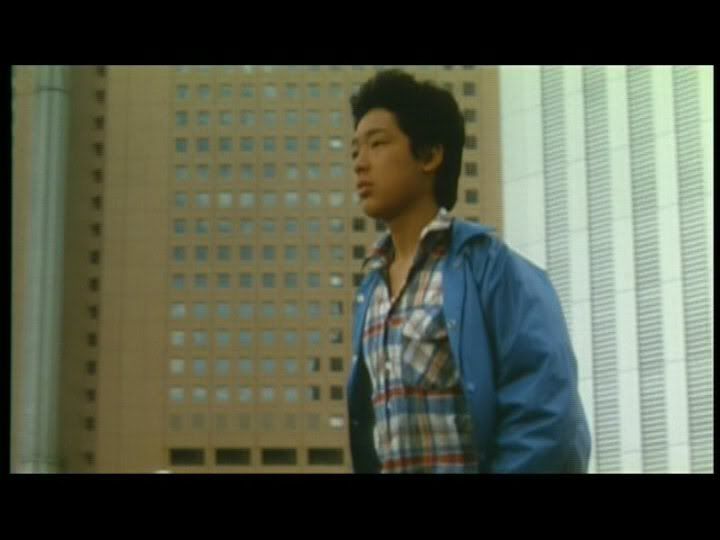Ohikkoshi (1993)
Shinji Somai likes to deal with kids in his films and Ohikkoshi is no exception. The main character is a 11 year old girl (played wonderfully by with Tomoko Tabata) who tries to cope with her parents divorce. She can’t quite understand their separation and starts becoming less close to her parents than before. Somai’s earlier films Tonda Couple and Taifu Club also had some slightly similiar themes, but those films had a very different kind of approach and also concerned around older characters. There is however an interesting relation between Ohikkoshi and Taifu Club. In my opinion both films stand on the same line, with Ohikkoshi being a sort of sweet and innocent little sister and Taifu Club being an alternate take on the same world but with different kind of characters and maybe a few years later (which reminded me of the similar relation between Uchiage hanabi, shita kara miruka? Yoko kara miruka? and Lily Chou Chou no subete).
Fans of Somai will probably recognize a few familiar camera techniques here. These include for example the low/waist level camera pointed at a person’s face and showing a building behind (a personal favourite of mine) and a motor cycle scene similiar to the one seen in Sailor-fuku to kikanju. This time the scene runs for much shorter but it’s a magnificent scene nevertheless. Aside from the closing shot there isn’t any especially challenging takes but that’s not a bad thing by any means. It only shows that Somai doesn’t feel the need to stand out for the sake of standing out, and uses the methods the movie requires instead. The cinematograpy by Toyomichi Kurita is gorgeous and the editing is extremely enjoyable which shouldn’t surprise anyone at this point. There’s probably five or six times less edits here than in an average film of the time.
The film’s main problem is that it’s a bit predictable before and around the half way. Many of the scenes, while technically well done, are a bit conventional story wise. Somai doesn’t get quite as close to the characters as one would hope (although closer than most other directors). This might not be as noticable if the film was made by someone else but with Somai you know what the guy is capable of. Just to make sure I re-watched a few scenes from Taifu Club and yes, Somai’s magical touch isn’t nearly as strong here. But even the parts that don’t meet the ”Somai level of excellence” are still good and there’s lost of excellent single scenes. The beginning is very enjoyable and the last 50 minutes alone justify watching the film. There’s a slight bit of something that may come close to sentimentialism but I didn’t really see it that way. I though it was just beautiful storytelling. The last third is mesmerizing and finally concludes with an amazingly beautiful ending credits sequence. After that you don’t feel like critizing the movie too much.
The R2J by Pioneer is quite nice. The transfer is a bit on the soft side but there’s zero edge enhancement to be found. Good looking progressive transfer overall. The dvd has no less than 51 chapters stops. Extra materials include Behind the Scenes documentary (with inteviews) (21 min), ”recent” interview with Tomoko Tabata (with stills) (12 min), text info, two trailers for Ohikkoshi and a 30 second preview for Somai’s 1987 film Hikaru onna. The package also includes a four page booklet. There are no subtitles for the movie or the extras. The dvd was originally released in 2002 and is now out of print and hard to find. Yahoo japan auctions is probably your best bet (that’s where I got my copy).
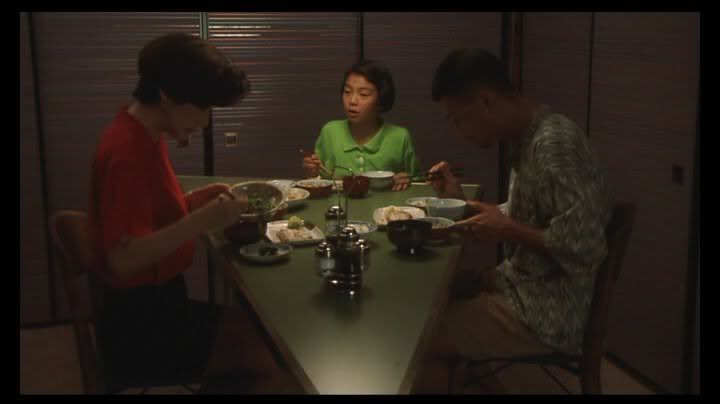
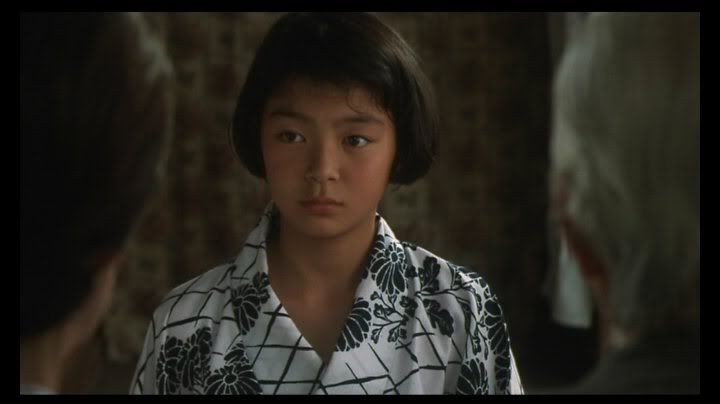

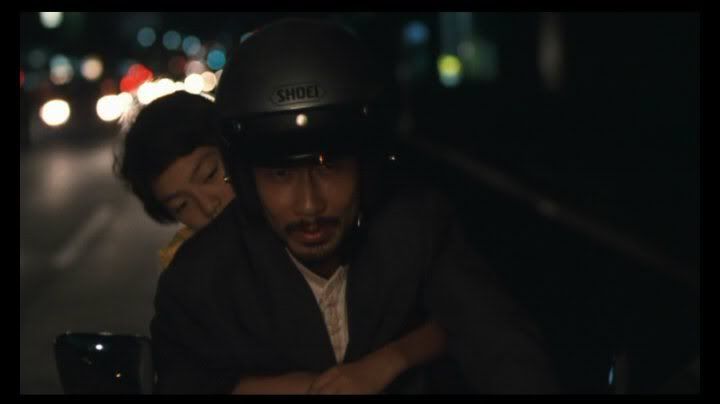
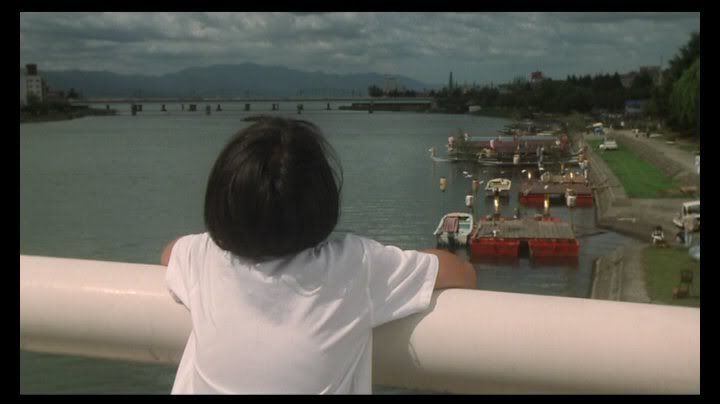

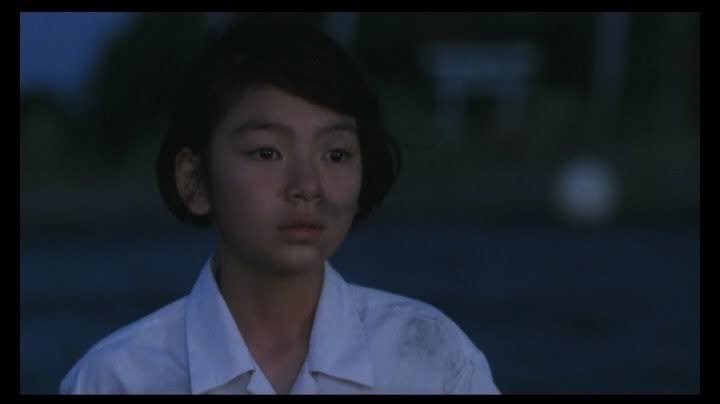
Behind the Scenes
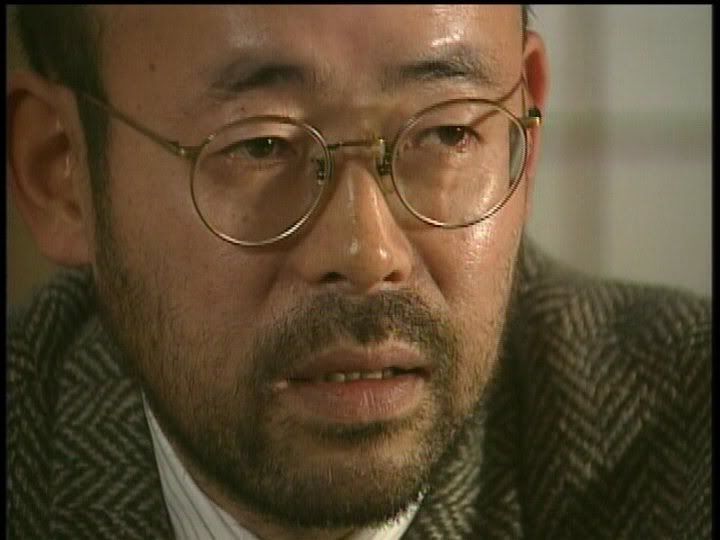
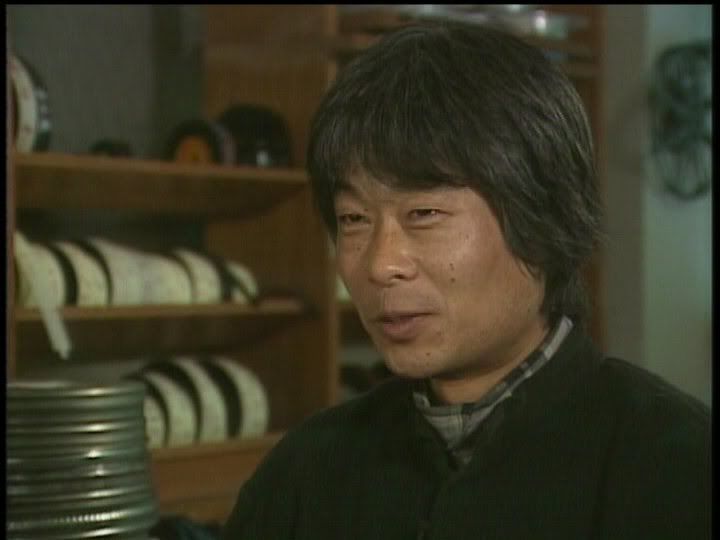
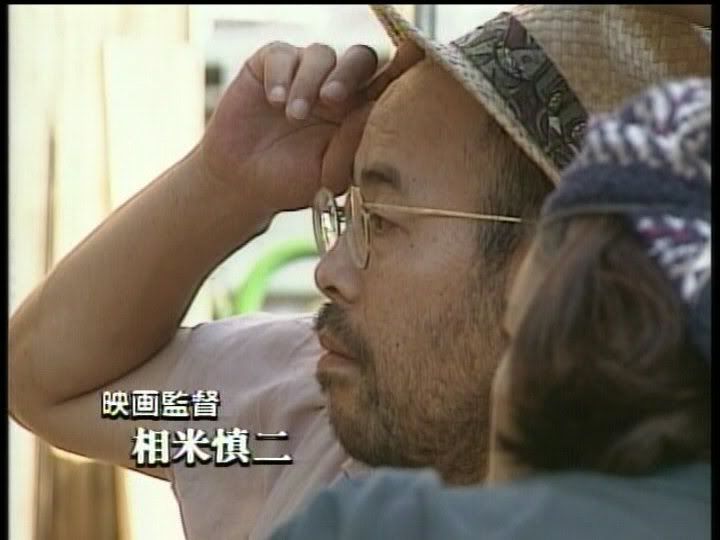
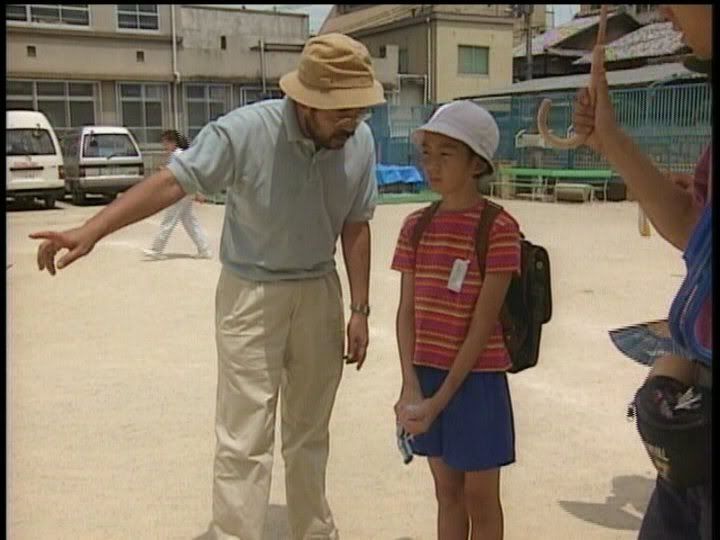
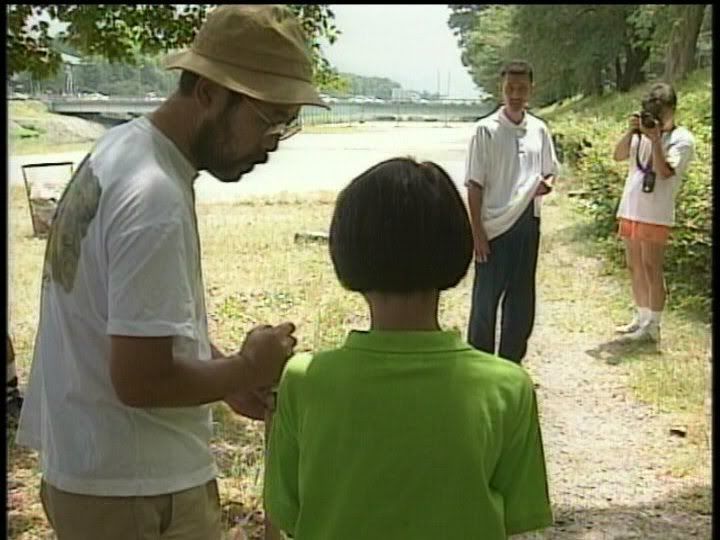
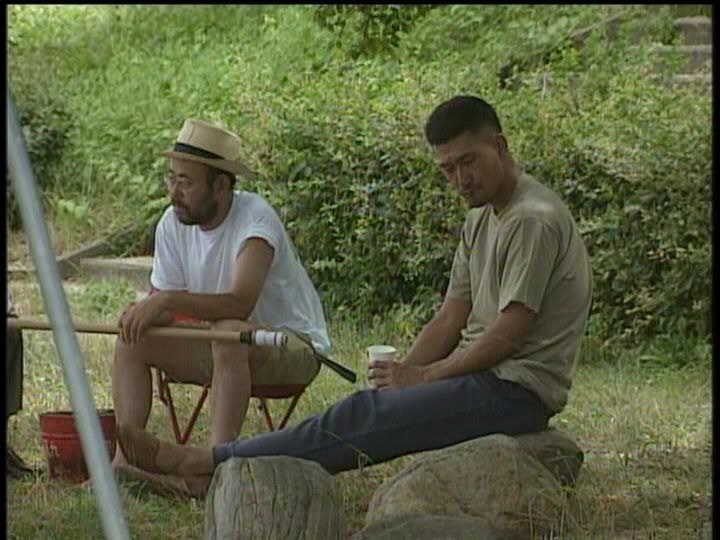
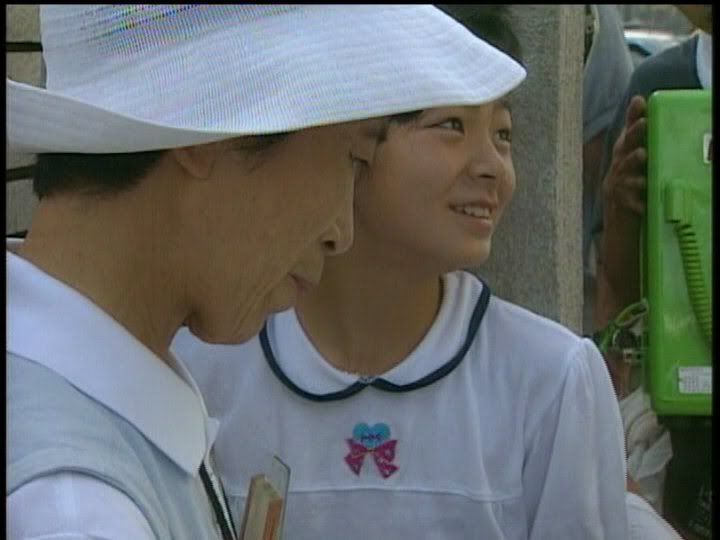
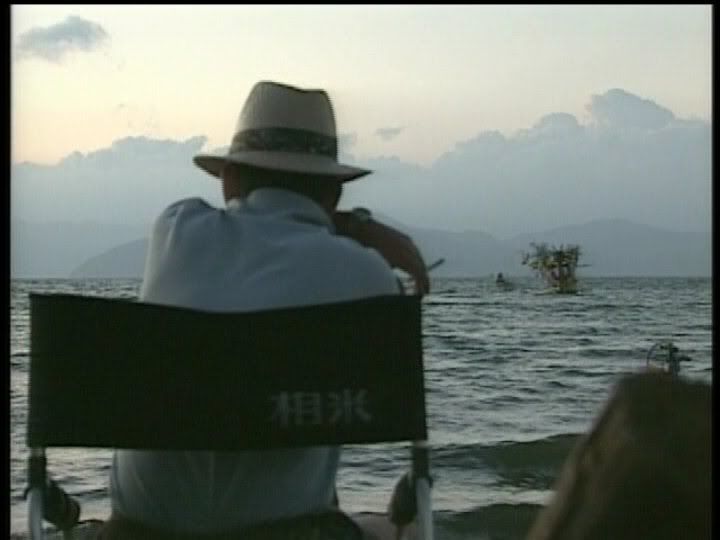
Tomoko Tabata Interview
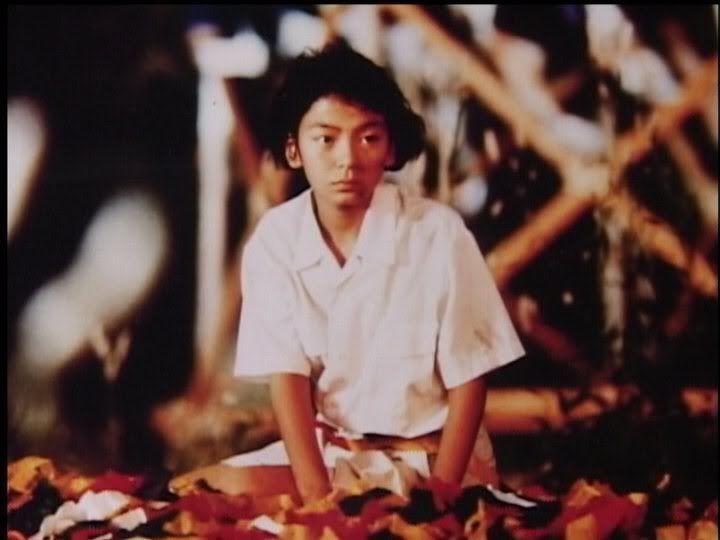
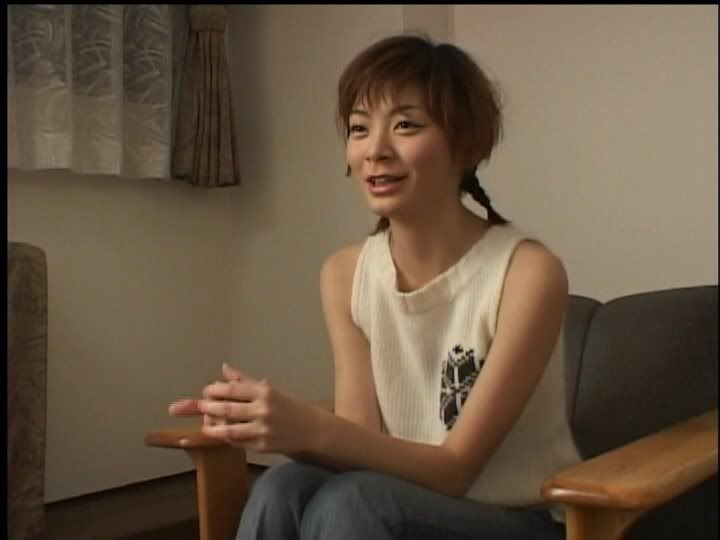

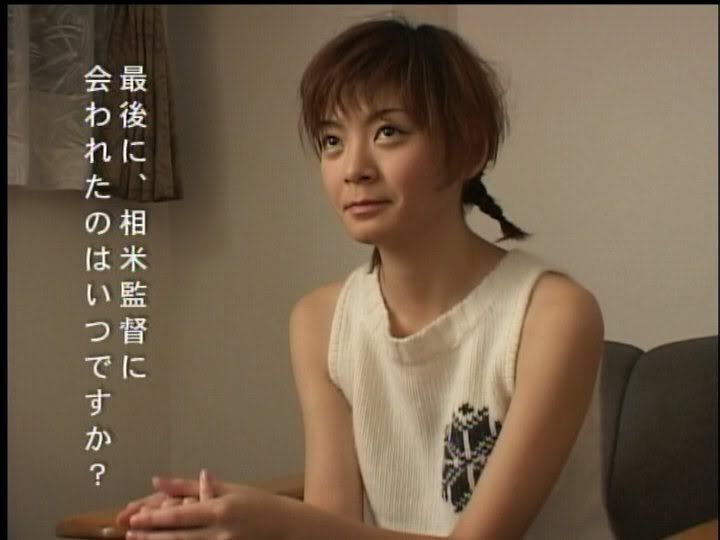
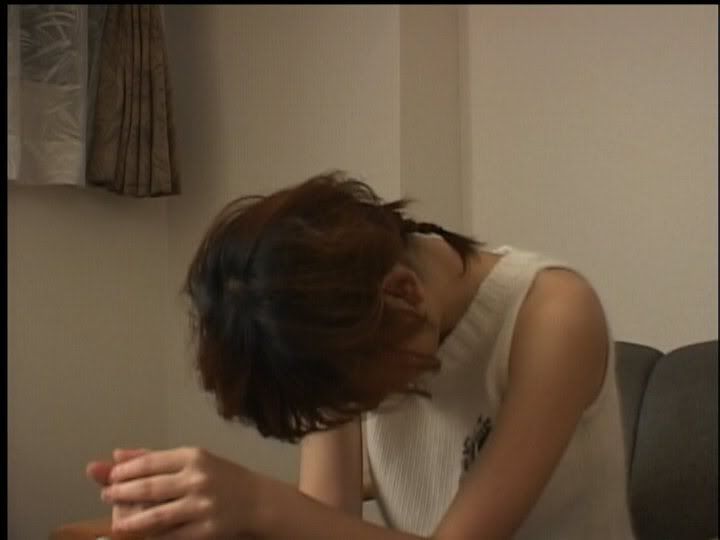
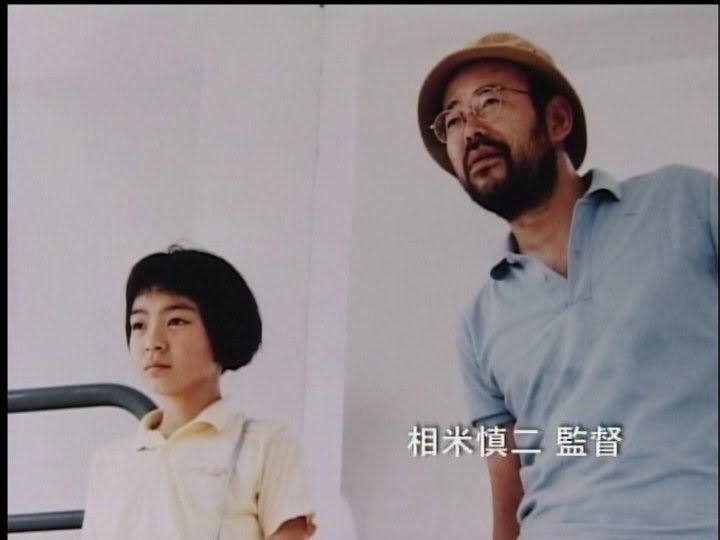
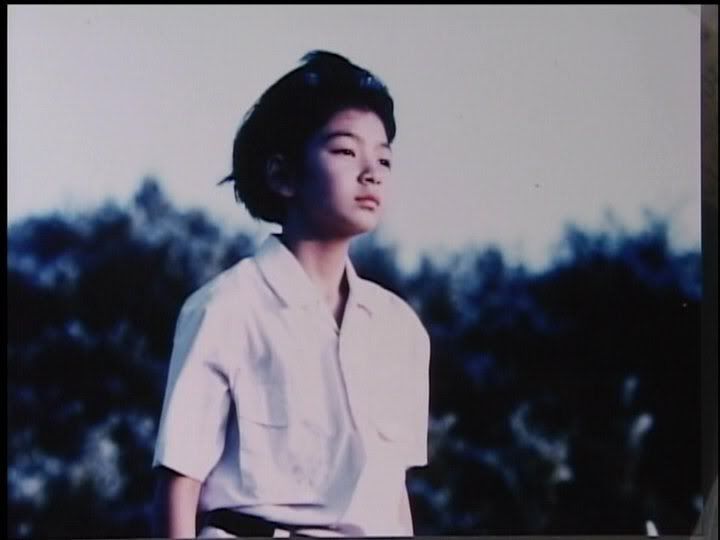
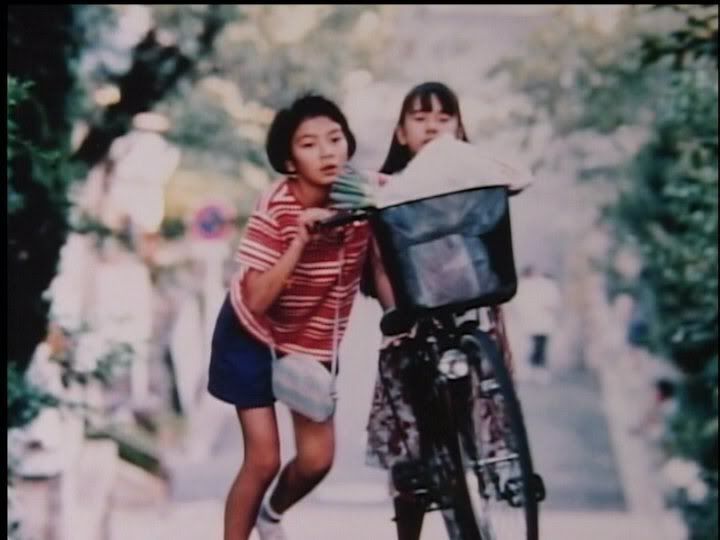
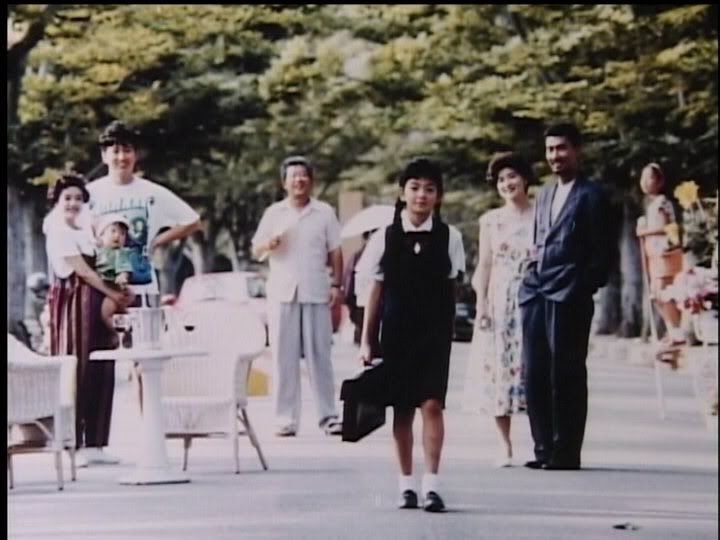
Trailer 1
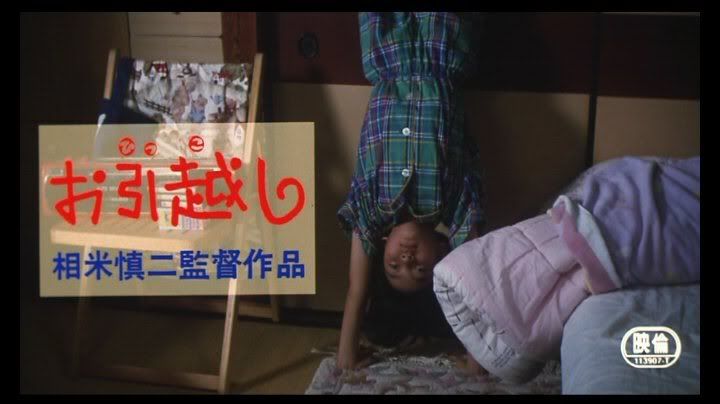
Trailer 2
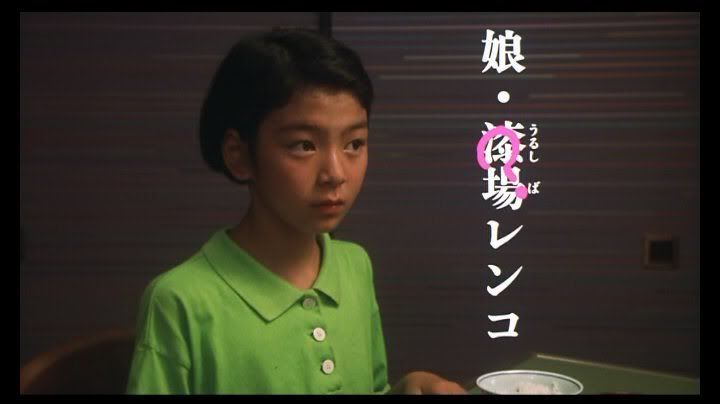
Hikaru onna preview
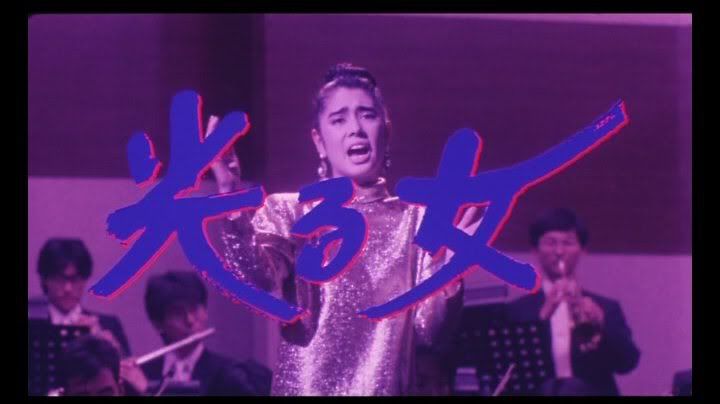
dvd front
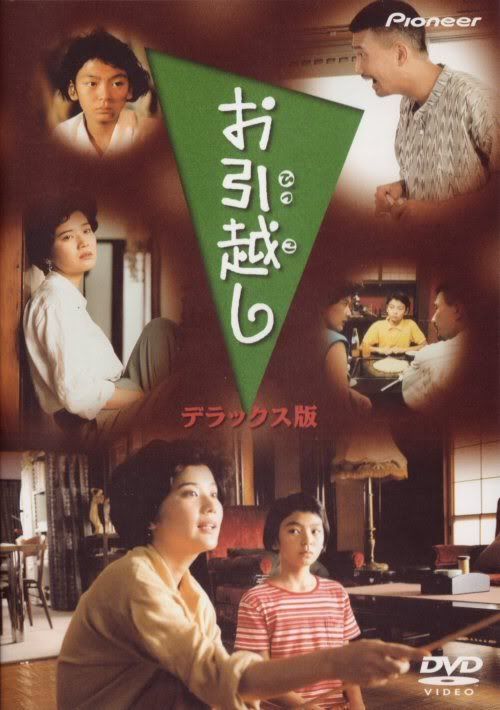
dvd back
